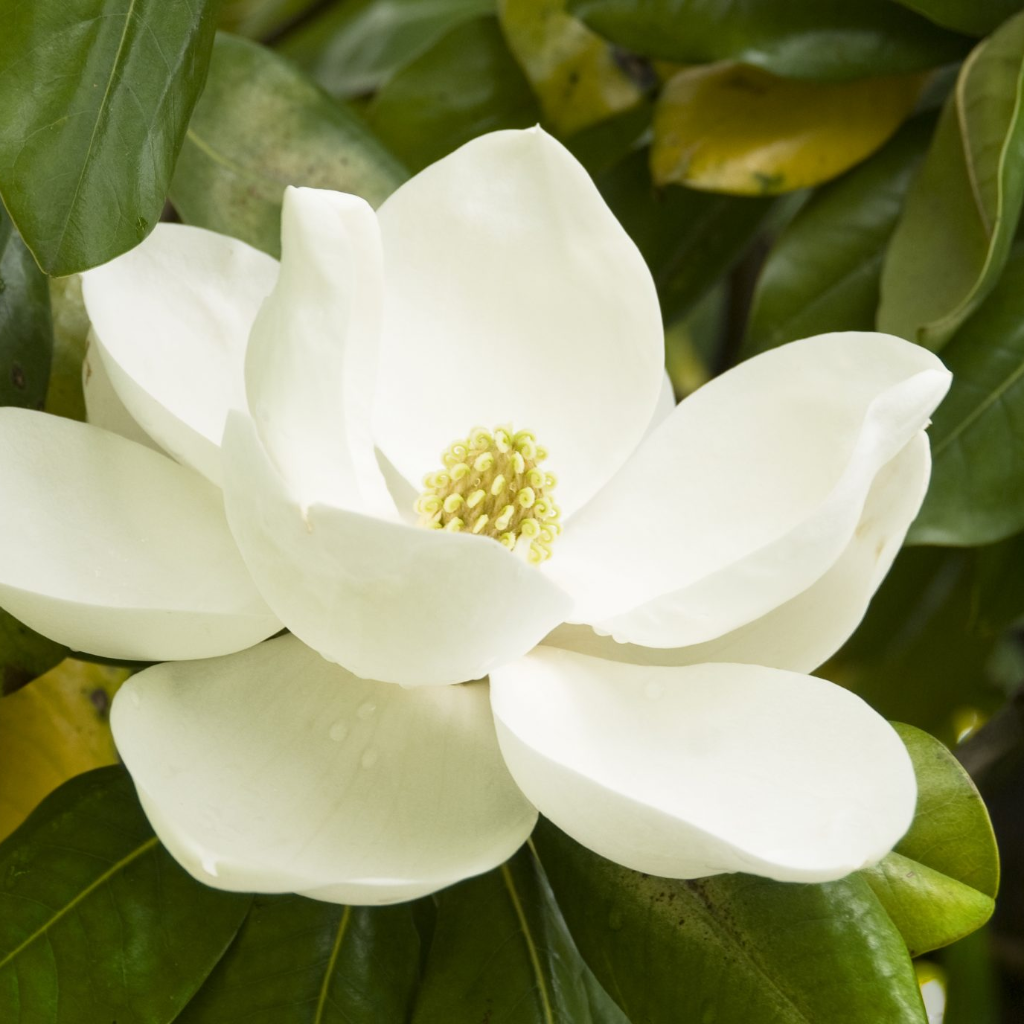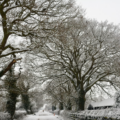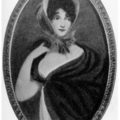Garden Writer Allen Lacy’s Tribute to the Beautiful Old Cucumber Magnolia Tree at Montrose Nursery Fell in Storm
"This tree was more than a tree. It was endowed with energy that bordered on something beyond the natural order."
On March 11th, 1992, a beautiful Magnolia tree at Montrose fell to the ground.
The tree's story was shared in The Berkshire Eagle in Pittsfield, Massachusetts, and the title was In Memoriam of Montrose’s Priceless Tree by the great garden writer Allen Lacy.
Here's what he wrote.
“Since its founding in 1984, Montrose Nursery has become one of the best small mail-order sources of rare and unusual plants in the country and a place I regularly visit on pilgrimage.
But Montrose is more than Montrose Nursery.
Its spacious grounds have borne their name since the early 19th century as home to several generations of the Graham family, going back to William A. Graham, a governor of North Carolina…
Since 1977, the owners of Montrose have been Craufurd Goodwin, a professor of economics at Duke University, and Nancy Goodwin, the proprietor of the nursery.
But the Goodwins say they are primarily stewards of this historic property, and I have long suspected that its true owners are not human beings but trees.
But one tree in particular has always seemed emblematic of Montrose: a cucumber Magnolia (Magnolia acuminata) growing by the driveway of crushed blue-stone just where it curves past the house.
This tree — who can bear to talk of it in the past tense? — comes suddenly into view from lower down the hill, where the lane passes between hollies on one side and hemlocks on the other.
This particular Cucumber Magnolia, by any reckoning 100 feet high and at least 250 years old and surely one of the largest and oldest in North America, was—alas, the most powerful in its beauty in winter.
This tree was more than a tree. It was endowed with energy that bordered on something beyond the natural order.
I have shifted to the past tense, for the Montrose Magnolia is no more.
For several years, it had developed a noticeable lean, more and more pronounced.
Tree surgeons were called to remove some limbs and branches in hopes of saving them in a severe storm.
But on March 11, late in the day and with only a moderate wind, it toppled to the ground, blocking the driveway and badly damaging a huge fir nearby.
I arrived at Montrose the next morning, unprepared to discover that the tree had gone to earth.
Douglas Ruhren, Nancy Goodwin's associate at the nursery, said very little.
Neither did I.
There were no words.
But Ruhren scattered camellia and daffodil blossoms along the prostrate trunk.
Five workers arrived with chainsaws and forklifts and took three days to remove the tree piece by piece to a place in nearby woodlands, where it will decompose, enriching the soil with its substance.
In its life, this tree spanned much history.
It was a sapling when Hillsborough was the capital of the colony of North Carolina.
Cornwallis's troops, rumor has it, camped in the meadow below during part of the British attempt to crush the American rebellion.
This tree had many friends, and they mourn its loss, passing on the news by telephone.
They called the Goodwins to offer sympathy and to express their conviction that when this Magnolia fell, it left a wound in the world that will not soon heal.”
This post was featured onThe Daily Gardener podcast:
helping gardeners find their roots,
one story at a time








